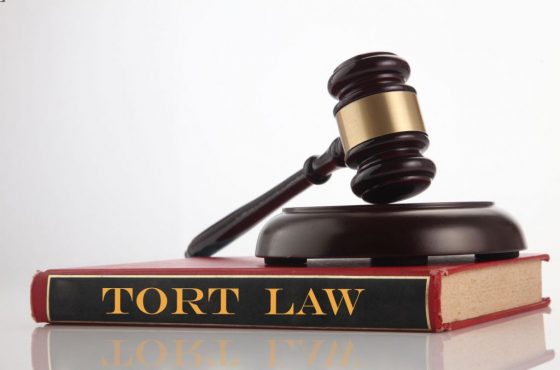
Tort law protects and compensates the individuals who have been injured by the intentional acts, negligence, or recklessness of wrongdoers. A tort is an invasion of a person’s rights that results in harm. Tort law seeks to redress the wrongs done to people, typically by providing monetary compensation.
Tort law requires victims to be compensated by those at fault for harm suffered. Harms can include pain and suffering, loss of wages, property damage, and medical bills. For a tort case to be successful, a victim must prove the following four elements:
Tort law encompasses a wide variety of personal injury cases. Generally, it can be classified into the following categories intentional torts, negligent torts, and strict liability torts.
This type of tort occurs when an entity or individual intentionally commits an act that injures or damages another. For instance, striking someone during a fight is an intentional act that falls under the intentional tort of battery. Sexual abuse, domestic abuse, fraud, trespass, and defamation are also examples of intentional tort.
Injury attorneys handle cases involving negligence more than any other tort. It is the most common type of tort. Negligence torts involve harm done to people because of the failure of others to exercise the standard of care that reasonable people would exercise in similar circumstances.
Examples of negligent torts are traffic accidents, slip and fall incidents, and medical malpractice.
In strict liability torts, responsibility for injuries can be imposed on a person or entity without proof of direct fault or negligence. What matters in these cases is the occurrence of an action and the resulting injuries.
In general, tort law helps disclose wrongdoing, compensate injured plaintiffs fairly, and deter unreasonable or dangerous conduct.